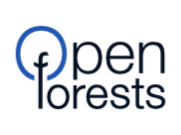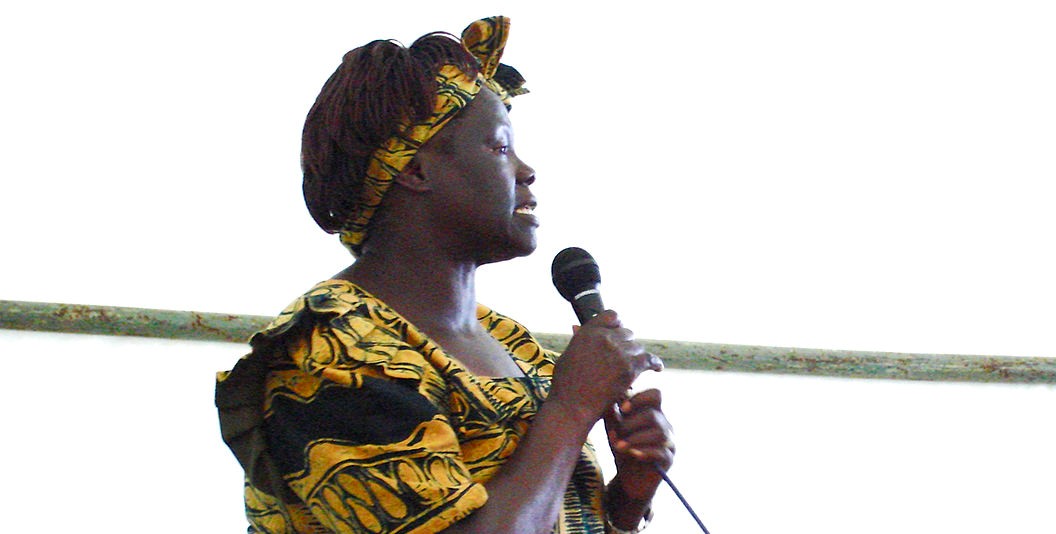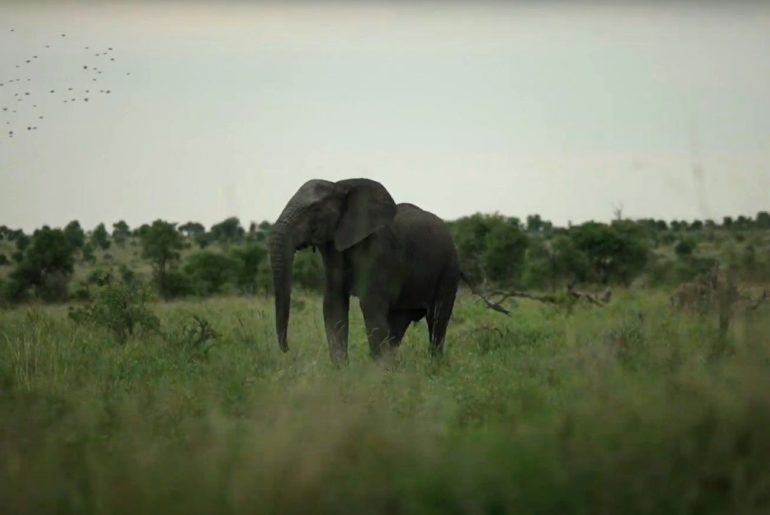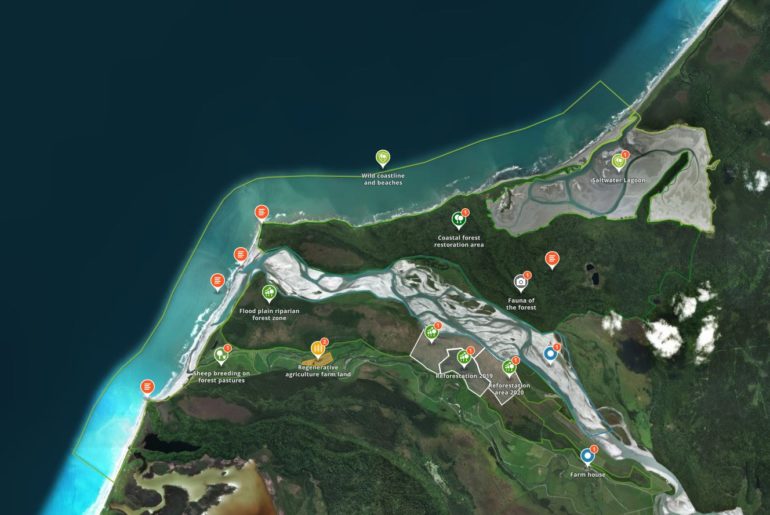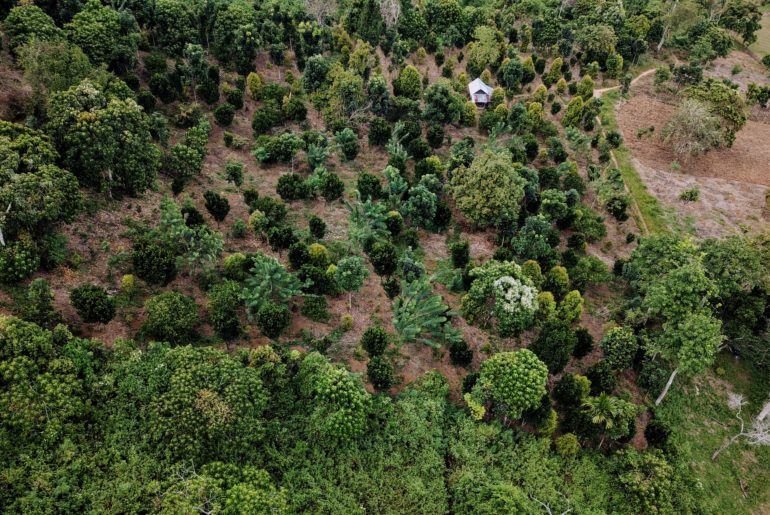In the first version of this blog post, we selected Steve Jobs as an example of how a person is standing for a product and organization. However, we decided this is not the best example in relation to conservation and forestry. We changed the title image for Professor Wangari Maathai as she personally stands for the Green Belt Movement (GBM) which has planted over 51 million trees in Kenya. GBM works at the grassroots, national, and international levels to promote environmental conservation; to build climate resilience and empower communities, especially women and girls; to foster democratic space and sustainable livelihoods.
People are hard-wired to react to the activities of other people. The most effective communications, therefore, are built by key personnel.
You have the choice to tell stories and communicate about your organization, products, and service or about the activities of the people involved in your project. All of these project dimensions create interesting content for your potential audience.
However, if you do not have a big marketing budget at your disposal, utilize your key personnel by encouraging them to take the communication lead.
Today, successful brands have become personal: Steve Jobs created Apple (organization), the iPod, the iPhone (products) and iTunes (service). Elon Musk built Tesla (product), Solar Roof (product), SpaceX (service) and more.
Products, ideas, and stories can be copied by competitors. Authentic personalities not.
Take away:
Most efficient storytelling is built around your charismatic key personnel. Connect your brand, projects, and services with them.
If you want to read the full “Story Guide for Landscape Projects” please download it at the following link.
Title photo credit: By The-time-line – Own work, CC BY-SA 3.0, https://en.wikipedia.org/w/index.php?curid=48537936
